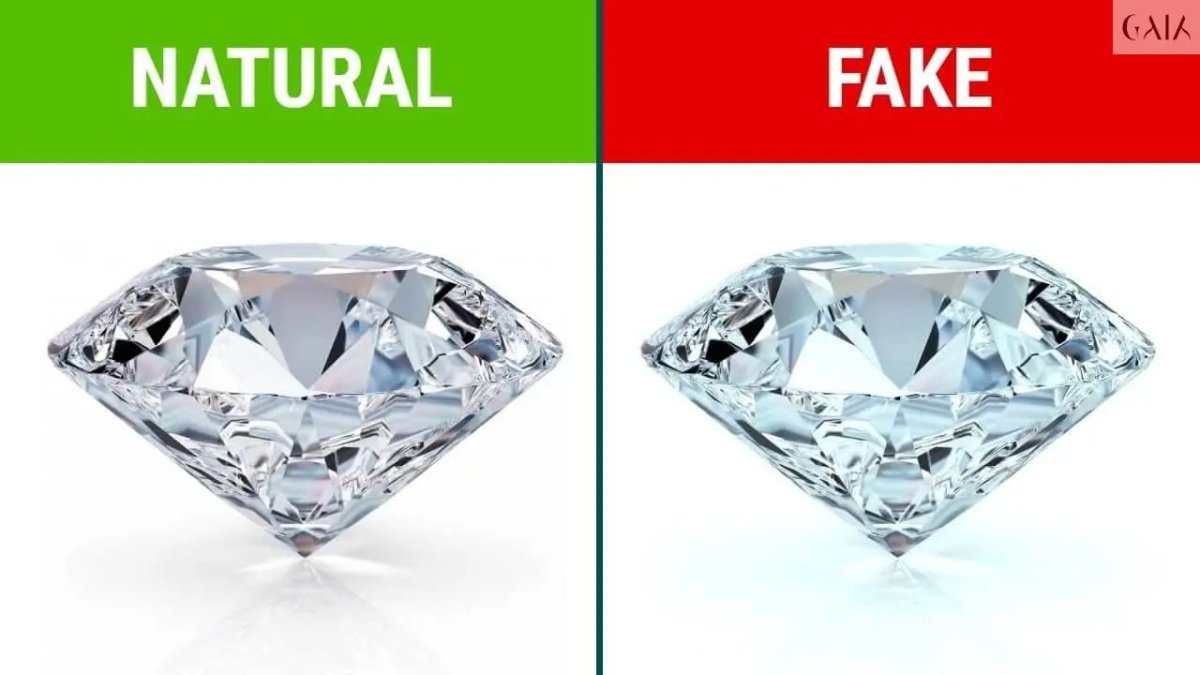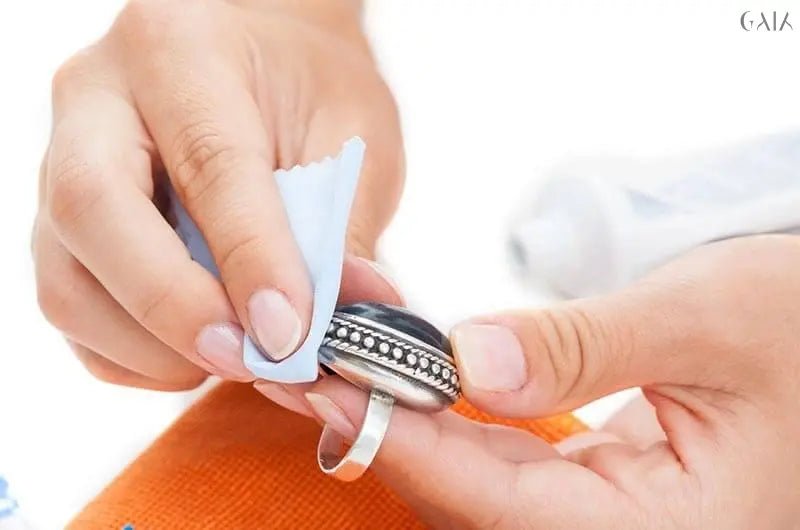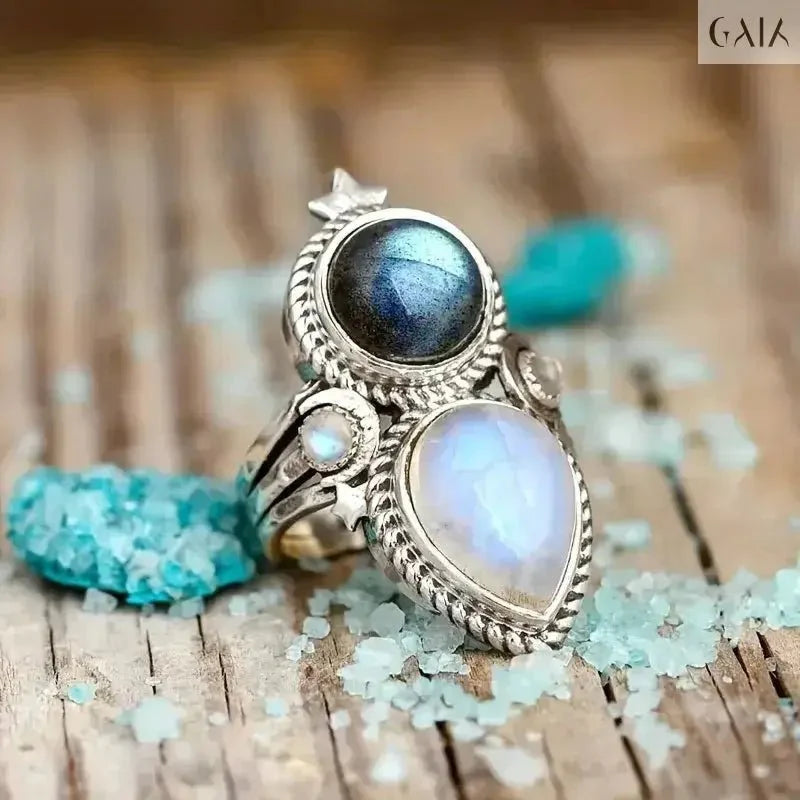
Distinguishing real vs fake gemstones
When purchasing jewelry or gemstones, or evaluating estate pieces, it is important to know the difference between Distinguishing real vs fake gemstones. Treated, synthetic, or man-made gemstones can closely resemble natural, untreated stones but are typically less expensive and lack the lasting value associated with natural rarity.
This article aims to clarify the differences between "real" and "fake" gemstones, how to identify them, and where these distinctions lie for straightforward identification.
Distinguishing real vs fake gemstones
Understanding the key differences between real and synthetic gemstones is crucial for making informed purchases or appraisals. Natural gemstones form over thousands or even millions of years within the Earth, whereas synthetic gemstones are created in laboratories. Despite their similarities, there are distinct differences that can help differentiate them.
Real gemstones, such as diamonds and rubies, possess unique inclusions and compositions that are challenging to replicate artificially. In contrast, synthetic gemstones, like cubic zirconia, may appear flawless but often lack the depth and luster of natural stones. Additionally, synthetic gemstones are generally produced at a lower cost, making them more affordable.
Common differences between real and synthetic gemstones
Common differences between real and synthetic gemstones include:
- Inclusions: Natural gemstones typically have inclusions, while synthetic gems often have few or no inclusions.
- Color: Synthetic gemstones often have a more uniform color, while natural stones exhibit slight color variations.
- Weight: Synthetic gems, such as cubic zirconia, are usually denser and heavier than their natural counterparts.
real gemstones
To determine whether a gemstone is real or synthetic, several methods can be used:
- Visual Inspection: Look for common natural inclusions, imperfections, and color variations. A jeweler's loupe—a small magnifying glass—can be helpful for this examination.
- Refractive Index Testing: Gemstones have specific refractive indexes that can be measured with specialized tools. Comparing these measurements to known values can aid in identification.
- Specific Gravity & Density: Measuring the gemstone's density and comparing it to known values for various materials can assist in authentication.
- Professional Appraisal: For valuable or complex gemstones, hiring a professional gemologist or gem lab for an appraisal is recommended.
It is also important to recognize other categories of gemstones, such as stimulants, assembled stones, and treated gemstones. Simulants imitate gemstones without having the same chemical and physical properties. Assembled stones are created by combining multiple materials, like doublets or triplets. Treated gemstones are real gems that have undergone enhancements, such as heat treatment, to improve their appearance or durability.
In summary, distinguishing real gemstones from synthetic ones can be complex. By understanding the key differences, using various authentication methods, and seeking professional expertise when necessary, you can accurately determine the true nature of these beautiful stones.


